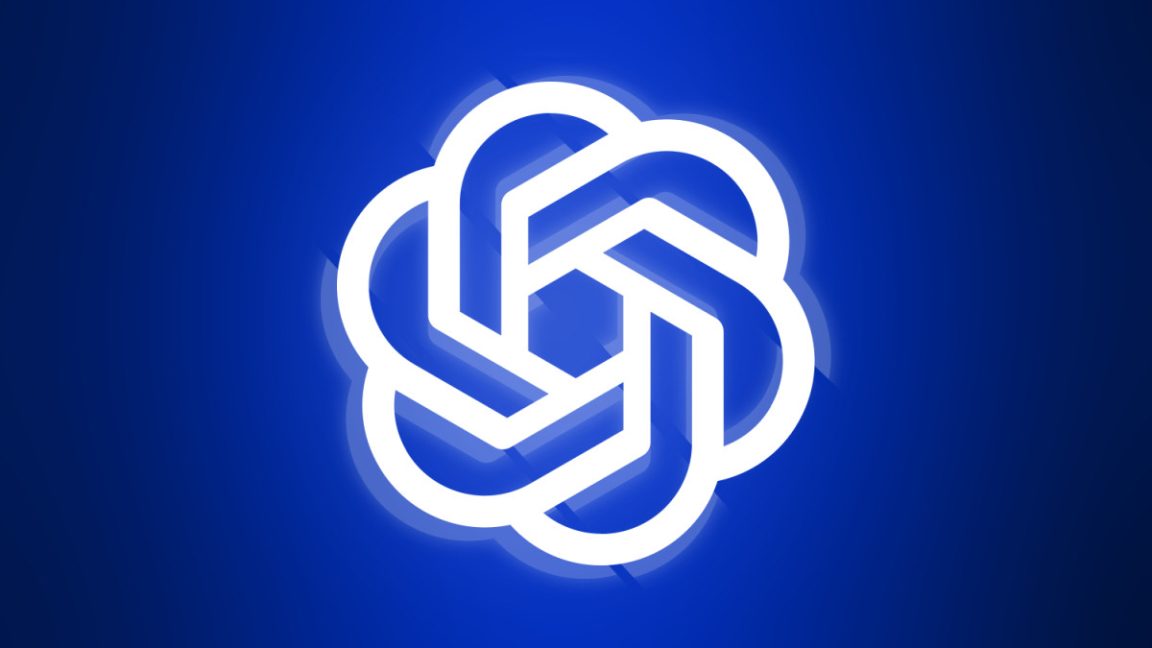Introduction to ChatEHR
Physicians, nurses, and other clinicians at Stanford Health Care are now able to interact directly with electronic health records, via a new software tool known as ChatEHR. This tool, built by data scientists at Stanford Medicine, is being piloted as a way to help clinicians engage more seamlessly with their EHRs and to help alleviate administrative burden by allowing them to ask questions about their patients’ medical histories.
Why it Matters
The large language model (LLM)-based tool, similar to OpenAI’s GPT-4, can also help automate the summarization of patient charts, among other capabilities. ChatEHR uses information from an individual’s health records to provide its response. The technology has been in the works for the past two years, when researchers first realized the potential for LLMs to make EHRs more user-friendly – and make workflows more efficient for clinicians.
How ChatEHR Works
ChatEHR is only available to a small group of clinicians at Stanford Hospital right now: about 30 or so physicians, nurses, PAs, and NPs, who are tasked with monitoring its accuracy and helping refine its capabilities. But the hope, Stanford IT leaders say, is that the software, while not able to give medical advice or decision support, will be able to gather data from the EHR about a patient’s longitudinal record and answer questions about their health history that will save time for clinicians at the point of care.
Benefits of ChatEHR
"ChatEHR opens up a new way for clinicians to interact with electronic health records in a more streamlined and efficient manner, whether that’s asking for a summary of the entire chart or retrieving specific data points relevant to the patient’s care," said Dr. Michael Pfeffer, chief information and digital officer for Stanford Health Care and the School of Medicine, who helped develop and integrate the tool with the health system’s Epic EHR.
The Larger Trend
AI-enabled interactions with EHR systems are not new, of course, as natural language processing (NLP) and other tools have helped make documentation and charting easier for doctors and nurses. But the hype around ChatGPT in 2022 helped spark widespread new interest in NLP and generative AI, and over the past three years it’s become apparent that LLMs could do big things for healthcare when deployed thoughtfully.
Expert Insights
"Making the electronic medical record more user-friendly means physicians can spend less time scouring every nook and cranny of it for the information they need," said Dr. Sneha Jain, a clinical assistant professor of medicine and a ChatEHR early adopter. "AI can augment the practice of physicians and other health care providers, but it’s not helpful unless it’s embedded in their workflow and the information the algorithm is using is in a medical context," added Nigam Shah, chief data science officer at Stanford Health Care.
Conclusion
The introduction of ChatEHR at Stanford Health Care marks a significant step towards making electronic health records more accessible and user-friendly for clinicians. By leveraging large language models and natural language processing, ChatEHR has the potential to save time and improve workflows for physicians, nurses, and other healthcare professionals.
FAQs
- What is ChatEHR?
ChatEHR is a software tool that allows clinicians to interact directly with electronic health records using natural language. - How does ChatEHR work?
ChatEHR uses large language models to gather data from a patient’s electronic health record and provide responses to clinicians’ questions. - What are the benefits of ChatEHR?
ChatEHR can help automate the summarization of patient charts, reduce administrative burden, and save time for clinicians at the point of care. - Is ChatEHR available to all clinicians?
No, ChatEHR is currently only available to a small group of clinicians at Stanford Hospital who are testing and refining the tool.











